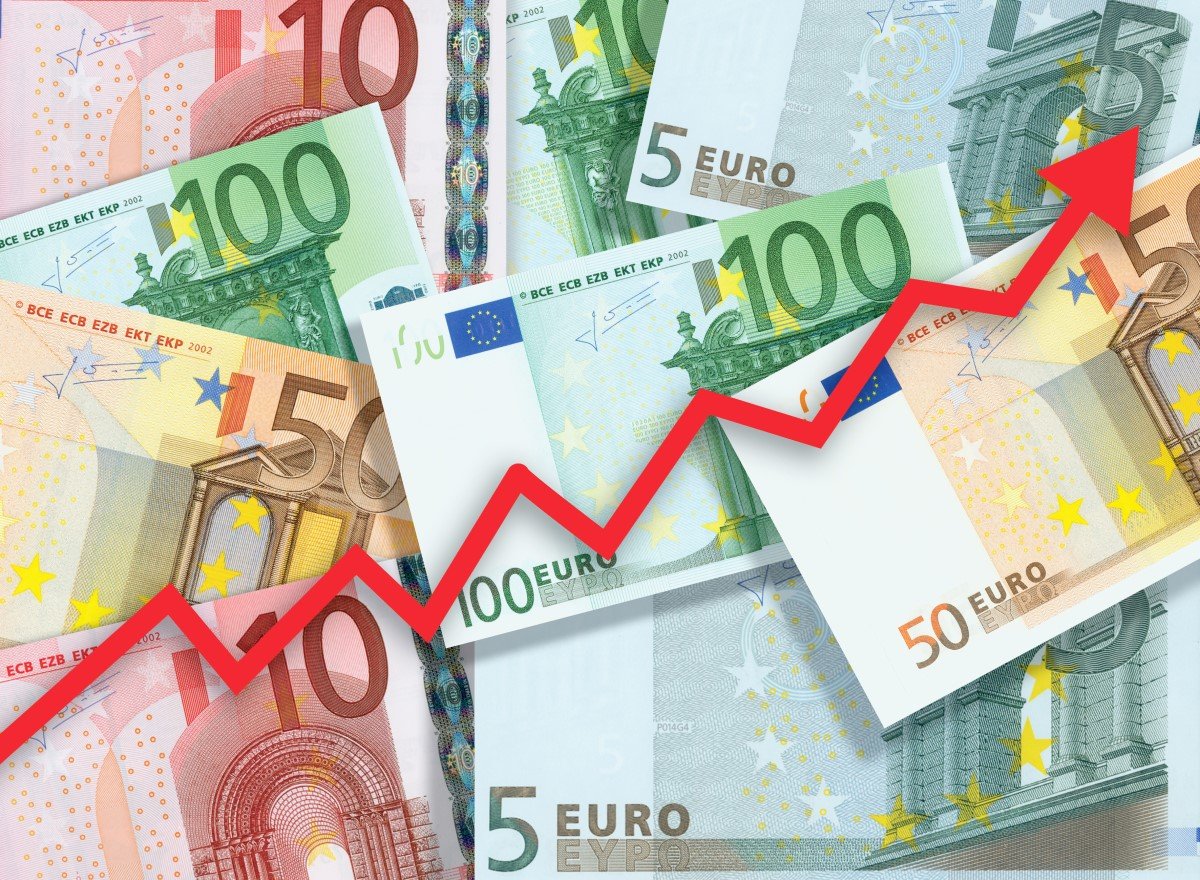Let us check the situation in the United States.
United States payrolls on Friday and Eurozone inflation data on Tuesday will be in the center of attention.
There is a view that Japan’s next leader will stay the course on the ‘Abenomics’ economic revival program. Thus, the yen steadied.
In Asia, the yen eased by about 0.4% to 105.77. It climbed as far as 104.195 on Friday. Thus, it was in the wake of Shinzo Abe’s resignation as prime minister for health reasons.
The boost to Asian currencies from a substantial expansion in China’s service sector had begun to fade a bit. Thus, elsewhere trade was choppy.
The Australian dollar touched a 21-month peak of $0.7381. After this, the Australian dollar was down 0.2%. Nevertheless, it remained set to post a fifth straight monthly rise. It was its best streak in over a decade and a 34% gain from March’s trough.
United States
The New Zealand dollar made an after-COVID high of $0.6749. Nevertheless, it slightly retreated by 0.2% after that.
Investors cheer the services growth rather than fretting concerning a stalled rebound in manufacturing. Thus, in offshore trade, China’s yuan hit a 14-month peak of 6.844.
Later, it abandoned some gains and was last at 6.8556.
Euro is ready for the fourth month of gains. Investors adjusted with the inflation policy shift of the Federal Reserve. Yen steadied, as investors bet that Abenomics survives. The service growth of China drove the yuan to a 14-month top.
The Federal Reserve of the United States shifted policy on inflation. The euro was set to post the fourth month of gains. Thus, on Monday, the United States dollar was ready for a fourth straight month of losses. Therefore, both currencies are at levels last seen in 2018.
Federal Reserve Chair Jerome Powell outlined an accommodative policy change on last Thursday. So, investors adjusted accordingly.















